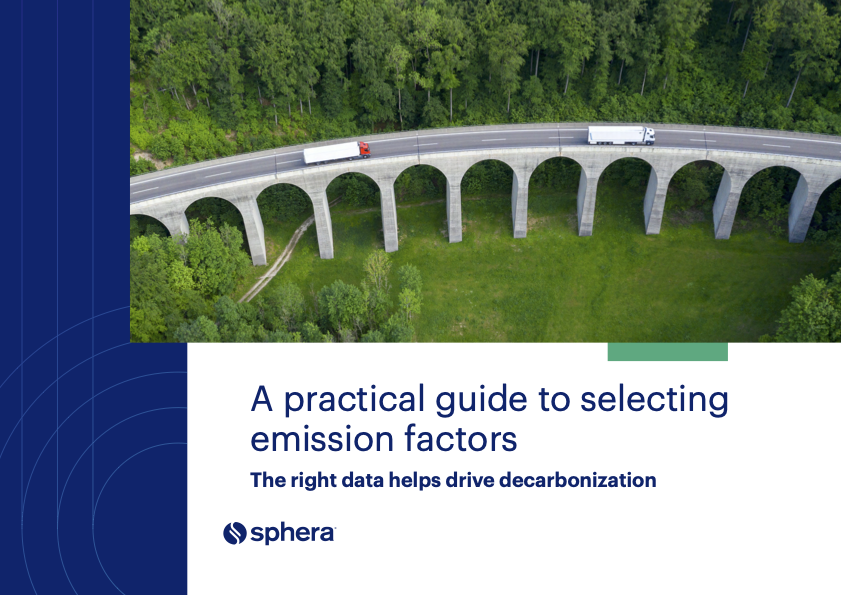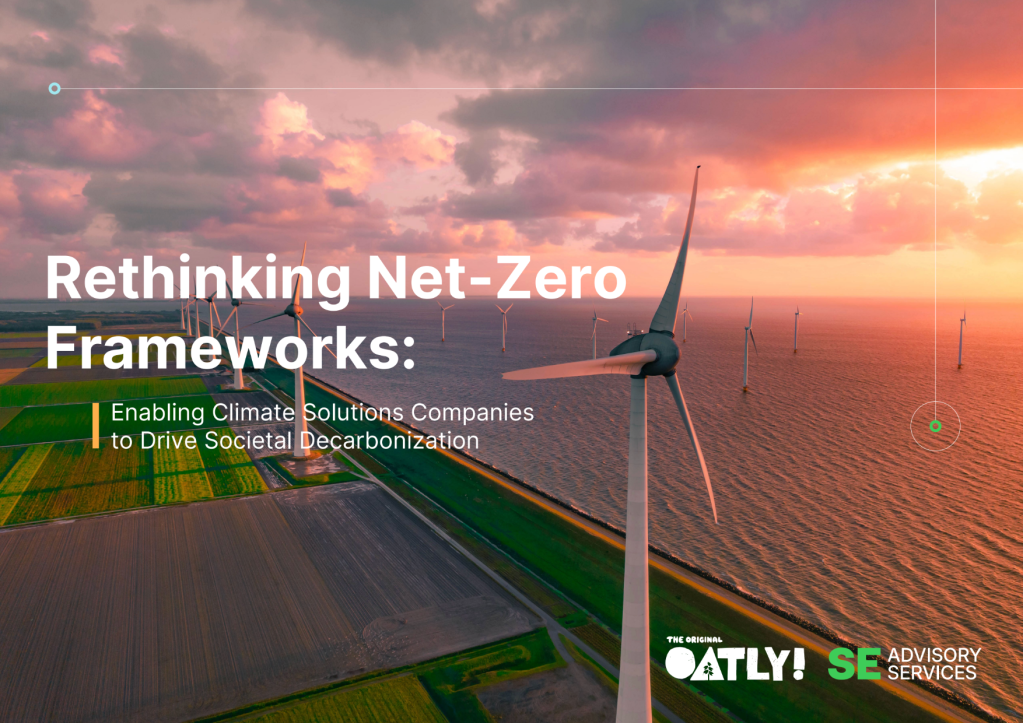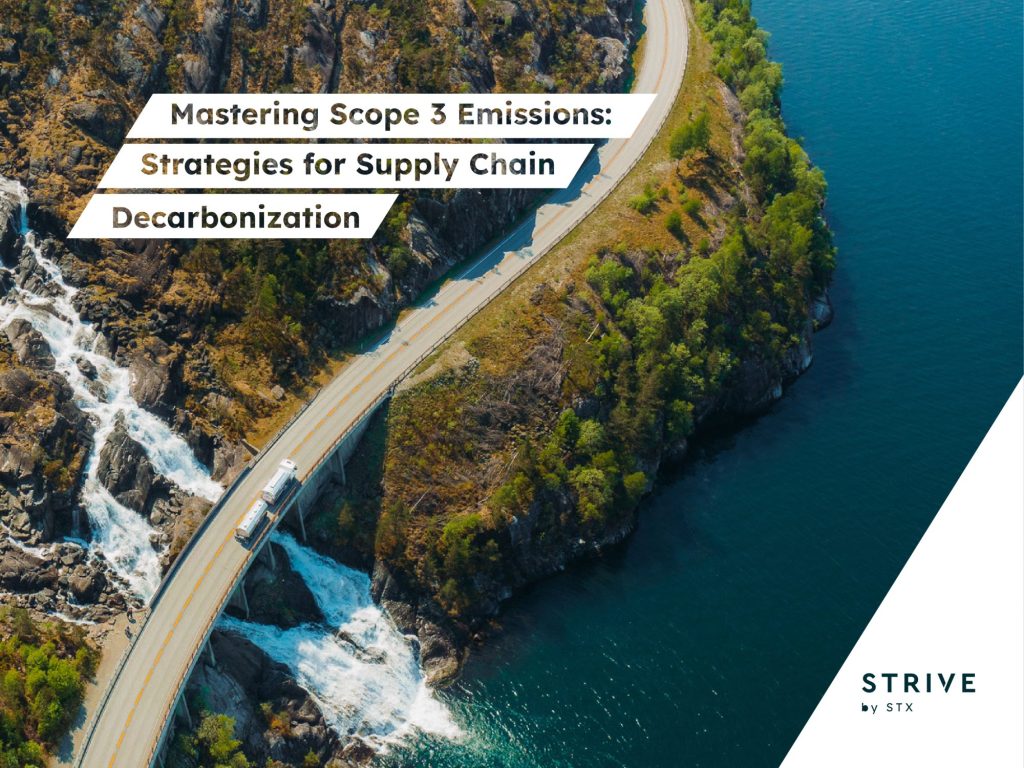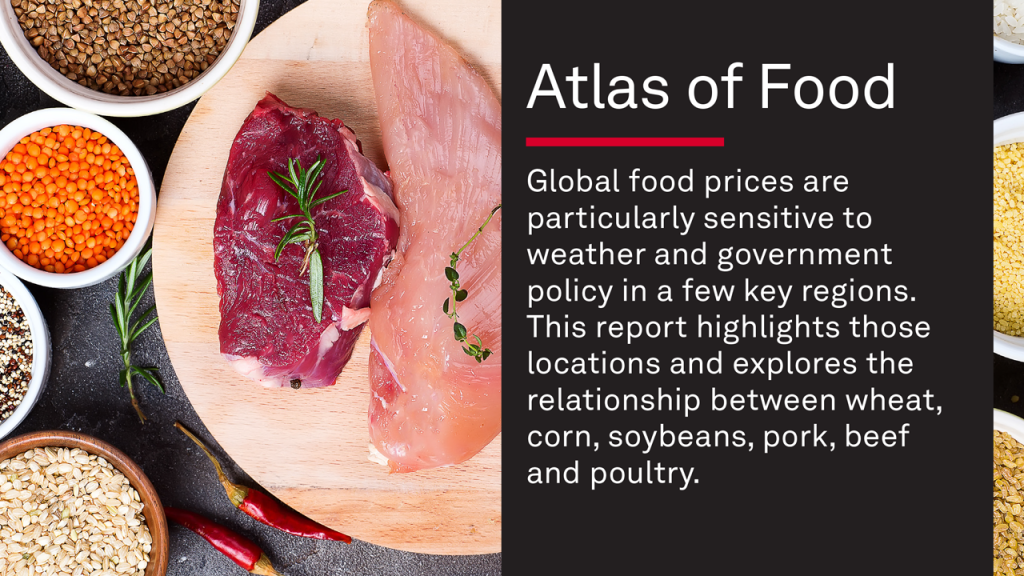4 ways to use AI to build stronger ESG reports
Companies can move beyond fragmented reports to tell engaging, data-centered stories. Read More

- Many sustainability reports today miss the mark on communicating a comprehensive and engaging strategy for stakeholders.
- Companies can use AI to reshape how they communicate their impact, paving the way for more dynamic reporting.
- Key drivers include producing dynamic content, providing continuous access to data, using automated compliance checkers and connecting the dots between strategic decisions and sustainability performance.
The opinions expressed here by Trellis expert contributors are their own, not those of Trellis.
Many companies have transformed sustainability reporting into a “portfolio” of disclosures, publishing multiple reports aimed at different audiences. These cover topics such as climate initiatives, sustainability, labor practices and human rights. While such reports provide extensive information, they often fail to present a coherent strategy that addresses stakeholder needs. Producing this library of highly-specialized reports also demands significant effort and expense, at a time when shifting stakeholder expectations, evolving regulations and rapid advances in AI are happening.
An inflection point for reporting
To maximize the value of the resources invested in sustainability reporting, organizations must first ask, “Who reads them?” and adopt disclosure strategies that deliver meaningful impact. By staying ahead of regulatory change and harnessing AI for efficient, data-driven insights, the sector can redefine how sustainability information is collected, developed and shared.
Some companies are already excelling at combining clear, actionable data with engaging narratives that provide meaningful context for the reader. For example, Logitech’s report connects the dots between the data they provide and the actions, strategies and aspirations that reduce their impact on the world. The company uses a sophisticated approach to calculating the carbon footprint of many of their products and quantitative data that shows how their products are affected by this approach, like a 37 percent reduction in the carbon footprint of one of their wireless keyboards.
Companies can learn to produce effective ESG reports by experimenting with these four drivers.
Produce dynamic, targeted content
We live in a world of dynamic digital content and companies need to find ways to do this with sustainability reports. Instead of producing multiple reports that lack a cohesive story, imagine being able to direct and customize content to specific subgroups by using AI-powered tools to help you determine which datasets are most appropriate for different types of readers.
For example, an investor may be more interested in the financial risks or opportunities, while a NGO representative may want to see content related to a company’s human rights impact data. Some companies also use tools such as ones from EcoActive and Key ESG to customize what disclosures are included for sustainability reporting.
Provide continuous access to quality storytelling
By using AI, companies can now provide near real-time data back to consumers instead of using time-consuming manual processes by using systems that compile energy and greenhouse gas data from across an organization via direct data feeds, enabling companies to measure and share data almost instantaneously.
One example of this real-time visibility into sustainability data is from Midcontinent Independent System Operator, an electric grid operator for the central U.S. Through the company’s online portal, viewers can see how much energy they’re generating and the real-time emissions resulting from that energy production.
That said, companies still need to balance this continuous access to data with thought and care. The reality is that data is meaningless if it doesn’t communicate a key message or theme. Without context, audiences have free rein over interpretation, which is a risk when it comes to maintaining a brand’s messaging.
Use automated compliance checkers
AI-enabled systems can quickly scan documents and outputs for compliance with applicable laws, flag deficiencies and suggest remedies. As more regulations come into play, such as the EU’s Corporate Sustainability Reporting Directive (CSRD), there will inevitably be more reporting frameworks companies have to comply with. The use of AI tools can play a significant role in ensuring the correct data is being collected and reported at a much faster pace.
With regulatory and reporting framework compliance more important, data platforms such as Palau, Manifest Climate or Unravel Carbon offer AI-powered solutions where companies can analyze their disclosures and give quick feedback on how well they’re aligning their disclosures with regulations or reporting frameworks.
For example, our team recently worked with a German manufacturer of HVAC equipment in their sustainability reporting process where we used the Palau platform to assess how well prior disclosures aligned with the current European standards, giving them the opportunity to collect and refine that content prior to CSRD regulations coming into force.
Connect the dots
AI-driven, real-time data and modeling capabilities also allow companies to connect the dots between strategic decisions and their sustainability performance. By integrating AI into “digital twins” (digital models of processes and the quantitative interdependencies of those processes), companies can project how changes to operations, costs and regulations may affect their business and stakeholders.
For instance, a company could model the impact of a 10 percent tariff on imported steel and evaluate the resulting financial cost, the change in sourcing options and the effect on its overall greenhouse gas emissions. This information has the potential to transform strategic decision-making as it relates to sustainability performance. It can also help companies explain why certain decisions are made and impacts that are observed.
By embracing AI, companies can achieve one overarching goal: using data to tell effective stories through impactful ESG reports that support long-term business strategies.

Subscribe to Trellis Briefing
Featured Reports















